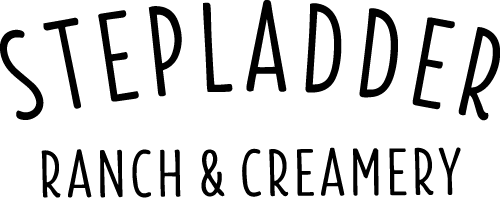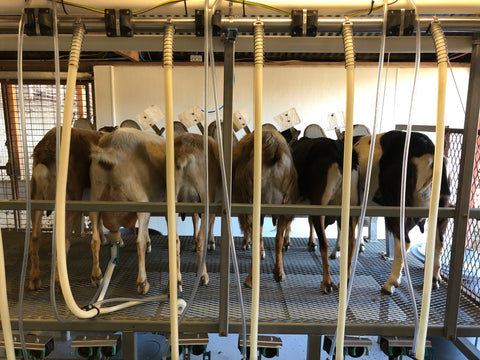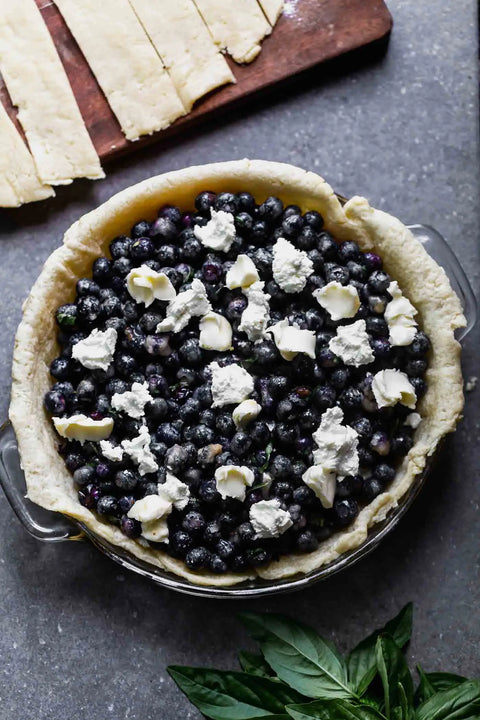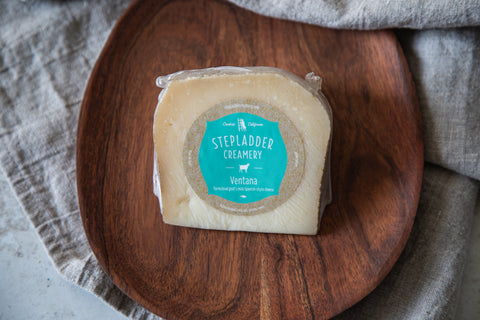The milking parlor is where the first part of our cheesemaking production begins - if you don't count the breeding, birthing, raising, feeding, pasture maintaining, snuggling and general caretaking for the goats that is!
As you can guess, milk is an essential ingredient in cheesemaking. We get all our cow's milk from Cal Poly Dairy in San Luis Obispo, California, and our herd of LaMancha dairy goats supply us with fresh goat's milk.

Most of our year-round cheese offerings are either 100% cow's milk (aka Paso Vino, LumberJack, Fromage Blanc, etc) or a mix of goat's and cow's milk (Cabrillo). Our smaller-batch, seasonal cheese releases use mostly goat's milk and are where we are able to get creative with our cheesemaking! Some of theses limited-releases cheeses are Chèvre, Big Sur, Rocky Butte and more.
Since we value our goats and their milk, we take extra good care of the herd. Every day, twice a day, for about eight months of lactation from spring to fall, we milk the does in the morning and afternoon.
Before each milking shift, we corral the goats into their pen and get the milking parlor prepped. it's funny because the herd has a hierarchy where some does prefer to be milked first and always linger closer to the gate. Some might even shove their way to the front of the line while others prefer to lay down and wait their turn.

After our crew has the parlor prepped and ready for the goats we open the gate and allow six goats at a time up the ramp to the milking stand. For the cascading headgate to function, the goats must approach single-file. There is a feeder behind the headgate where the goats get to snack on feed and barley. It's a nice distraction while the team milks the goats.

Once the six goats are on the stand enjoying their snacks our team begins with a cleansing udder wash. We take a warm, soapy rag and clean any debris from their udders. We then dip each teat in iodine, disinfecting the teat of bacteria.

Then we "strip" each teat, hand milking the first ounce to get their milk flowing and get any clots or stale milk out from the teat end. This is also a good test of each goat's health and will dignify if anything is wrong.
We then attached the milking apparatus - our milking system uses a pulsating vacuum, so the milk claws alternate sucking each teat and mimics the sensation of a suckling kid.

We're very careful not to over-milk the goats because it can be uncomfortable and lead to abrasions. Our team is very attentive, watching the milking stream inside the claw to a slow trickle, and watching the udders drain, removing the claw from each as they finish.

During the milking, the milk travels through a pipeline system, through a filter and into our 200 gallon bulk storage tank.

Curious to learn more about our goats, cheesemaking and other behind-the-scenes farm life? Check out our other blog posts!



